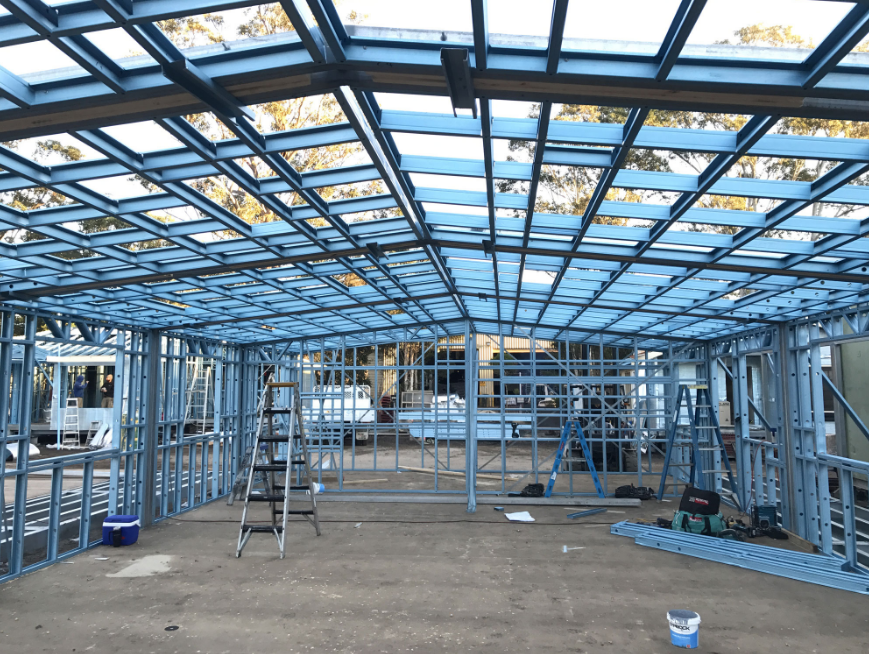Steel frames and trusses in NSW have been gaining popularity in the construction industry due to their cost-effectiveness. However, beyond that, they offer numerous other benefits that make them an ideal choice for building construction. In this blog post, we will explore the various advantages of using steel frames and trusses in construction.
Structural Strength
Steel is a strong and durable material, which makes it an ideal choice for constructing frames and trusses. It can withstand high wind and seismic loads, offering stability and structural integrity. Unlike traditional building materials, steel is resistant to rot, pests, and decay, which means that it can last for decades without significant wear and tear. Steel floor framing offers excellent structural strength and durability, providing a stable and long-lasting foundation for any building.
Design Flexibility
Steel is highly malleable and can be easily moulded into various shapes, providing architects and builders with more design freedom and flexibility. With steel, you can create unique and visually appealing structures that stand out from the rest. Moreover, the material’s strength allows for longer spans and greater heights than traditional materials, making it possible to create larger and more open spaces.
Fire Resistance
Steel is a non-combustible material that offers better fire resistance than traditional building materials. In case of a fire, steel trusses can help reduce the spread of fire and minimize property damage. As a result, steel is a popular choice for building construction in areas with high fire risk.
Sustainability
Steel is an eco-friendly building material that can be recycled and reused. This helps reduce construction waste and the environmental impact of building construction. Additionally, using steel frames can contribute to achieving LEED certification, which recognizes sustainable building practices.
Maintenance and Longevity
Steel is resistant to decay, pests, and moisture, requiring minimal maintenance and upkeep. This makes it an ideal choice for building structures that are difficult to access or maintain. Moreover, steel’s durability means that it can have a longer lifespan compared to traditional building materials, saving money and resources in the long run.
Conclusion
In conclusion, steel frames and trusses in NSW offer many benefits beyond their cost-effectiveness. They provide structural strength, design flexibility, fire resistance, sustainability, time, and labour savings, and longevity. As the construction industry continues to evolve and look for more efficient and sustainable building materials, it is evident that steel will continue to play an essential role in the future of construction.


